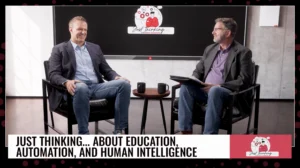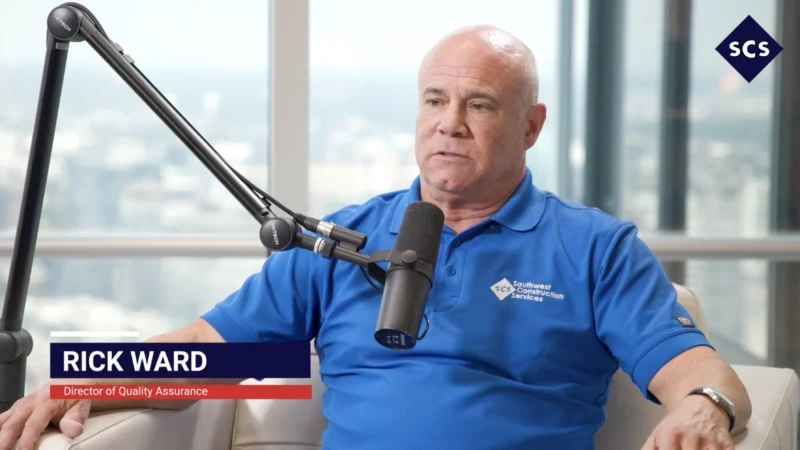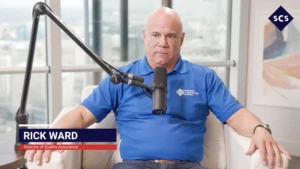The Remedy For Unfilled Manufacturing Jobs
The labor shortage in the U.S. is reaching crisis level. Even with mass vaccine rollout, there’s still about 10 million people unemployed, and the economy only gained about 266,000 jobs in April, a number considered meager by most economists.
On this episode of Packed with Pearson, a Pearson Packaging Podcast, host Daniel Litwin talked with Michael Senske, Chairman and CEO of Pearson Packaging Systems, about the labor shortage and its impact on the manufacturing industry.
With the country seeing record job vacancies, several professional business groups and lawmakers are sounding the alarm about the short-term economic impacts of the labor shortage. This could also affect the long-term outlook for immigration, minimum wage, worker demographics and the success of the U.S. industrial sector. In the interim, companies are having a difficult time meeting customer demand.
“We’ve seen a lot of companies struggle with meeting the demands of customers,” Senske said. “Demand for products remains fairly high, and, in many cases, there’s an increased demand. This worker shortage is putting some sideboards on the ability for these companies to respond quickly to meet the needs of their customers.”
While the issue of labor shortage has been around for the last few years, the COVID-19 pandemic exacerbated the problem.
Companies are trying to combat worker shortage by raising wages, with conglomerates such as Amazon raising their minimum wage to $15 an hour. This still isn’t a livable wage by most metrics, but it shows companies see no other recourse.
Follow us on social media for the latest updates in B2B!
Twitter – @MarketScale
Facebook – facebook.com/marketscale
LinkedIn – linkedin.com/company/marketscale








